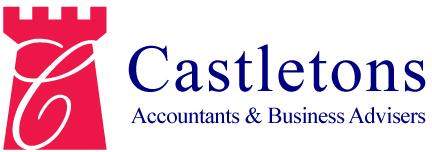New data matching program: government payments
A new data matching program is underway in relation to government payments for the 2018-19 to 2022-23 income years. While it may sound boring, if you dig underneath its innocuous exterior, you’ll find that this program covers a wide range of areas. In essence, it covers most services that the Commonwealth government pay third party providers to deliver in relation to the programs they administer.
Specifically, data will be obtained from the agencies below in relation to the following programs:
- Comcare – services provided under Safety Rehabilitation and Compensation Act 1988;
- Department of Education, Skills and Employment – VET FEE-HELP scheme, VET student loans program, child care subsidy, and employment services;
- Department of Health – aged care subsidy, hearing services program, Commonwealth home support program;
- National Disability Insurance Agency – National Disability Insurance Scheme (NDIS);
- National Indigenous Australian Agency – Indigenous Advancement Strategy;
- Department of Home Affairs – youth transition support services, national community hubs, humanitarian settlement program, Australian cultural orientation program, adult migrant English program, free translating service, and settlement engagement and transition support program;
- Department of Veterans’ Affairs – health treatment program; and
- clean energy regulator – large-scale renewable energy target and small-scale renewable energy scheme.
According to the ATO, the data obtained will be incorporated into the methodologies by which it selects taxpayers for engagement activities. It notes that the data collected will also enhance the information currently received from government entities through the Taxable Payments Annual Report. This means that contactors, subcontractors, and consultants in any type of business structure (ie sole trader, company, partnership or trust) that receive payments from government under any of the above programs may be subject to extra scrutiny.
For individual service providers as well as sole traders, basic details collected will include name (first and last), DOB, addresses (residential, postal, etc), ABN, service type, email address, and contact number. For entities, basic details collected will include service provider business name, addresses (business, postal, registered, etc), ABN, ACN, organisation or service type, contact name, email address, and contact number.
Details of the payments obtained under the program consist of service provider ID, name of service, type of service (linked to program), value of payments received for the relevant financial years, count and type of claim, and withholding and re-credit amount. It is estimated that 36,000 service providers will be captured under this program each financial year, of that, approximately 11,000 will be individuals and the rest will be companies, partnerships, trusts, and government entities.
The ATO will be checking the registration obligations of third party providers (ie ABN, TFN, GST, and PAYG withholding) as well as lodgment obligations (ie outstanding income tax, BAS, FBT returns). It will also be looking at whether service providers have correctly reported income by comparing the data obtained against income records. In addition, the ATO will also be checking for any outstanding tax and super debts and assessing the ability of the entity to pay those debts.

